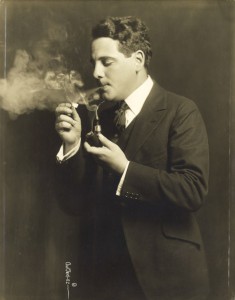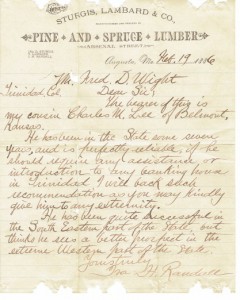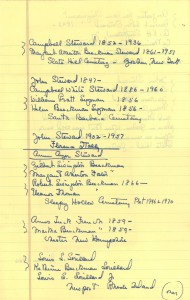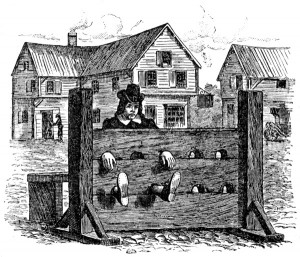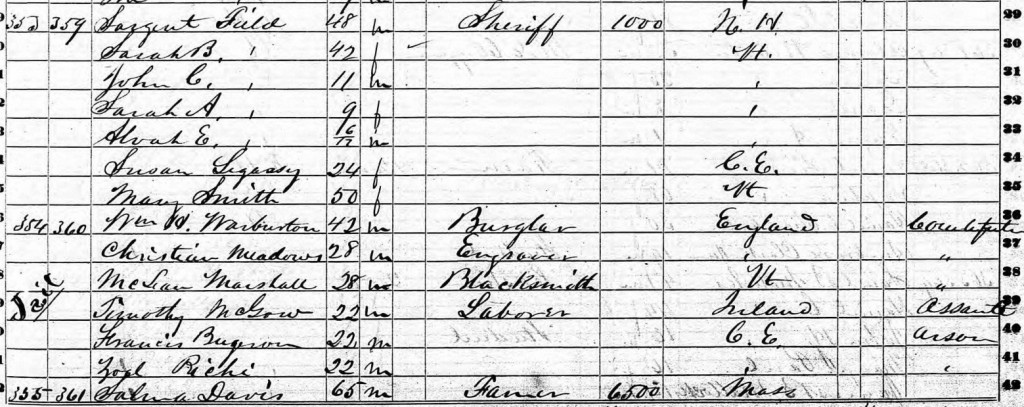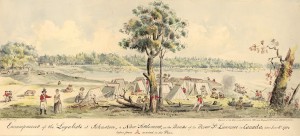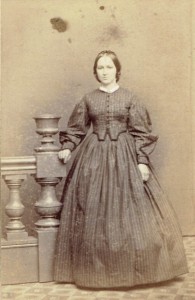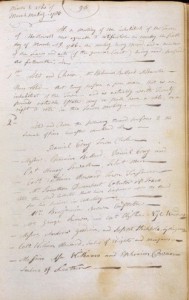
When Chicken Little said the sky was falling, I did not take that to mean corsets and shoe lasts. I’ve learned while restoring and renovating my old house that the unexpected is to be expected, that making a change here means a ripple effect of changes there, and that what goes up must come down, usually when I’m not expecting it.
When our carpenters were working on the original back staircase, everything seemed to fall out of the old ceiling: square hand-cut nails, buttons, a hand-cut wooden spoon, a wooden shoe last, some small bones I’d rather not discuss, but not one bag of Colonial-era coin, no now-priceless daily diaries. Continue reading Shoes in the attic

